

Unlocking Innovation: How to Create a Sustainable Home Laboratory for Future Scientists
In today's rapidly evolving scientific landscape, fostering creativity and innovation from a young age is more crucial than ever. According to a report by the National Science Foundation, STEM (Science, Technology, Engineering, and Mathematics) fields are projected to grow significantly, with an estimated increase of 8% in employment through 2029. As future scientists emerge, the concept of a "Home Laboratory" becomes increasingly relevant, providing a versatile and accessible platform for hands-on experimentation. Such labs empower students to engage with scientific principles in real-world contexts, thereby encouraging a proactive approach to STEM education. Establishing a sustainable Home Laboratory not only enhances learning but also nurtures a generation of thinkers who can tackle global challenges. By unlocking the potential of home-based experimentation, we can inspire innovation and creativity that will shape the future of science and technology.
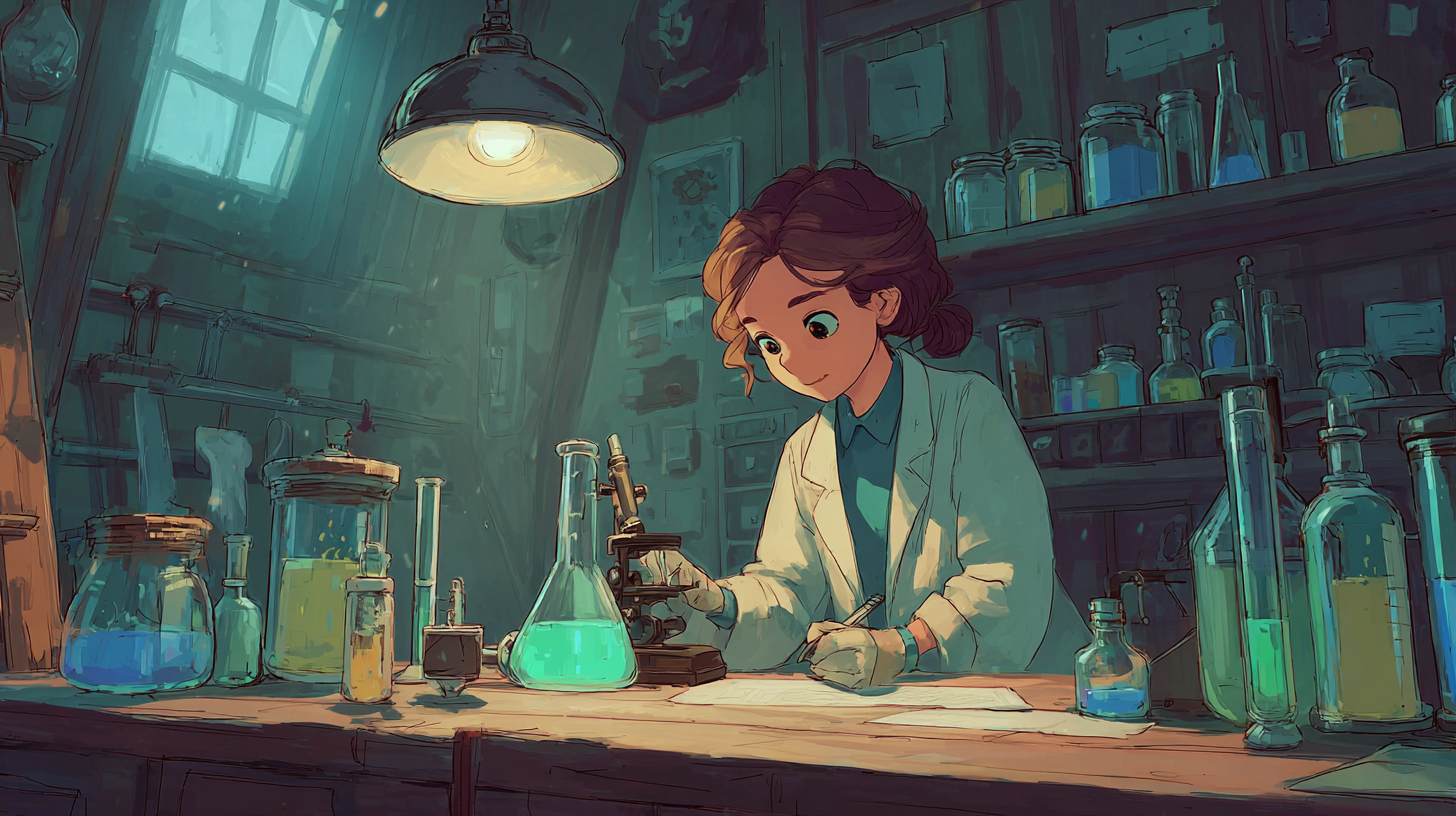
The Importance of Home Laboratories in Fostering Scientific Curiosity
Creating home laboratories is a powerful way to foster scientific curiosity, especially in an age dominated by digital entertainment. The recent visits by students to local science labs highlight the significance of hands-on experience in cultivating interest in science and technology. By setting up a sustainable home laboratory, parents can inspire their children to explore and experiment, thereby igniting a passion for discovery.
**Tips:** Begin with simple projects that utilize everyday materials found at home. This not only reduces costs but also encourages resourcefulness. Furthermore, integrating technology, like science kits or mobile science labs that visit communities, can enhance the learning experience and keep students engaged.
Encouraging curiosity at home nurtures a lifelong love for science. Creating a designated space for experiments, equipped with basic tools and resources, empowers children to ask questions and seek answers. Engaging with community programs, like those that provide hands-on learning opportunities, can further enrich their understanding and appreciation of scientific concepts.
**Tips:** Utilize online resources to find age-appropriate experiments and activities. This can help maintain engagement and introduce new topics that spark interest, ensuring that science remains a fun and integral part of their daily lives.
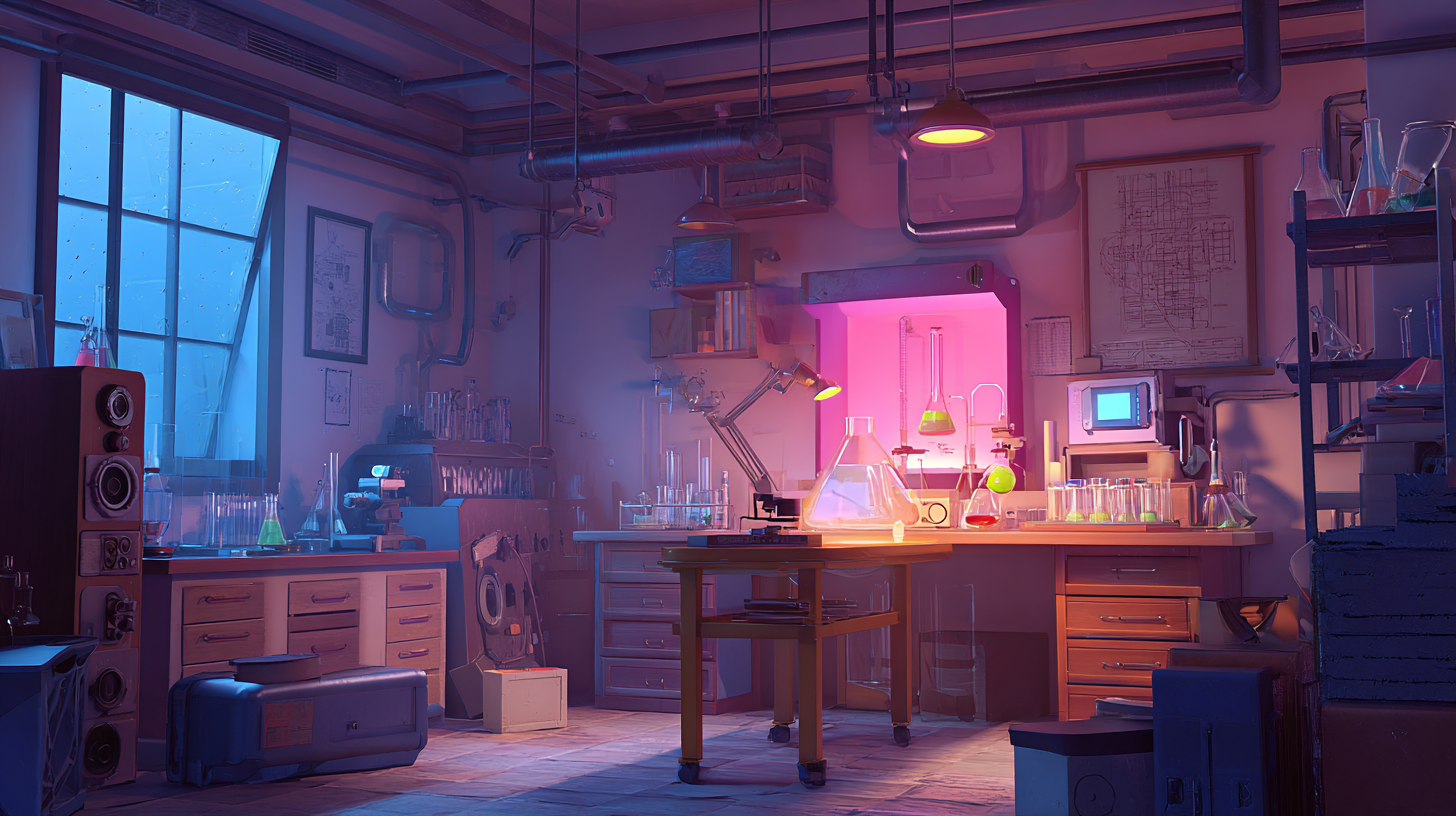
Essential Components for Building a Sustainable Home Laboratory
Creating a sustainable home laboratory is an essential step towards fostering innovation among future scientists. To ensure an effective setup, several key components should be considered. First, energy efficiency is paramount; according to the U.S. Department of Energy, homes account for about 22% of total greenhouse gas emissions. By integrating energy-efficient appliances and renewable energy sources like solar panels, a home lab can significantly reduce its carbon footprint while providing a reliable energy supply.
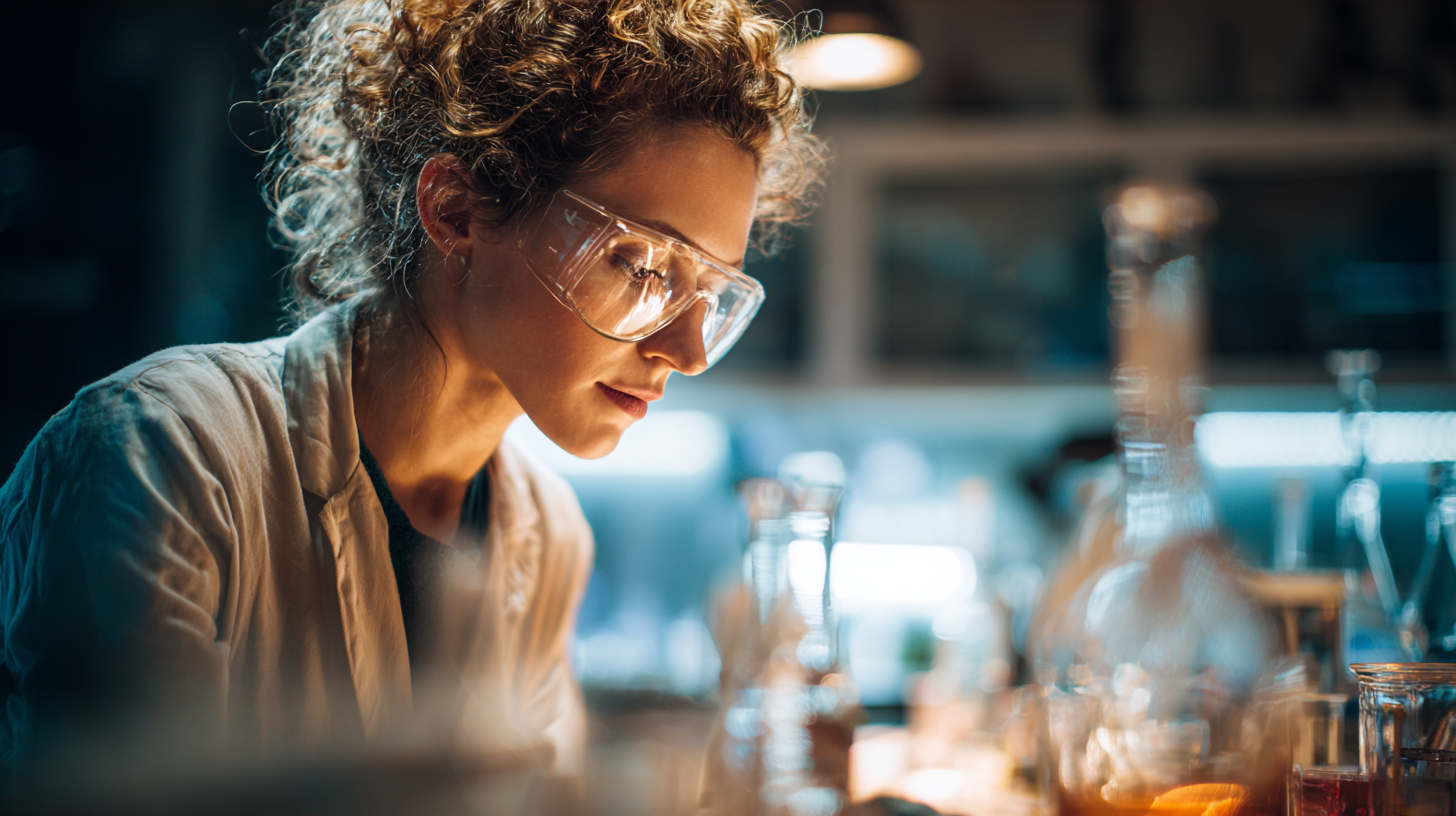
Another critical aspect is the selection of sustainable materials. The Global Environmental Change journal emphasizes the importance of using eco-friendly materials for practical applications. Utilizing recycled or sustainably sourced supplies not only minimizes environmental impact but also teaches future scientists the importance of sustainability in their research practices. Moreover, proper waste management protocols—such as segregating recyclable materials and composting organic waste—contribute to a circular economy.
By incorporating these essential elements, a home laboratory can serve as a model of sustainability while nurturing the next generation of innovators.
Safety Measures and Best Practices for Young Experimenters
Creating a home laboratory for young scientists can be an exciting venture, but it also comes with an important responsibility: ensuring safety. According to the National Science Teachers Association, over 70% of science-related injuries in classrooms and laboratories can be prevented with proper safety measures. For budding experimenters, it's crucial to establish clear safety protocols. Young scientists should always wear protective gear, such as safety goggles and gloves, when conducting experiments, and all experiments should be supervised by an adult.
Additionally, organizing the workspace to minimize clutter can prevent accidents and make the lab more efficient.
Furthermore, engaging children in discussions about safety is key. The American Chemical Society emphasizes that children should understand the potential hazards of the materials they are using. This includes proper handling and disposal of chemicals. Educating young experimenters about the Material Safety Data Sheets (MSDS) enhances their awareness and reinforces a culture of safety. With these best practices in place, a home laboratory can be a safe and inspiring environment that fosters creativity and promotes scientific inquiry among the next generation of innovators.
Incorporating Eco-friendly Materials and Resources in Home Labs
Creating a sustainable home laboratory for future scientists not only fosters innovation but also emphasizes the importance of eco-friendly practices. The incorporation of biodegradable materials, reusable lab equipment, and energy-efficient appliances can significantly reduce the ecological footprint of a home lab. For example, opting for recycled glass containers for experiments or using natural dyes derived from plants can teach young scientists about environmental consciousness while they conduct their experiments.
**Tips:** Consider setting up a small indoor garden where students can grow their own materials for experiments, such as herbs for pH testing or natural indicators. Additionally, sourcing supplies from local thrift stores can provide unique and sustainable resources that inspire creativity and reduce waste. Using non-toxic and biodegradable cleaning agents helps maintain a safe workspace without harming the environment.
By integrating these eco-friendly elements into home labs, we not only nurture budding scientists but also instill a sense of responsibility towards our planet. Educators and parents alike can inspire the next generation to think critically about sustainability while encouraging hands-on learning experiences.
Creating a Collaborative Environment for Future Innovators
Creating a collaborative environment for future innovators is essential in fostering a new generation of scientists and researchers. Today's complex challenges, such as environmental sustainability and social inequalities, demand collective efforts and interdisciplinary approaches. A well-designed home laboratory can serve as a hub for collaboration, where diverse minds come together to share ideas and innovate solutions that address pressing issues. By integrating technology and sustainable practices, these labs can inspire young scientists to explore creative avenues and engage in hands-on learning experiences.
Collaboration enhances the potential for transformative breakthroughs by combining resources and expertise from various sectors. Engaging with local communities, educational institutions, and industries can pave the way for partnerships that lead to impactful innovation. For instance, initiatives that unite academia and startups can accelerate the development of advanced technologies and sustainable practices. By promoting a culture of collaboration in home laboratories, we can empower future innovators to tackle the world's biggest challenges with resilience and creativity.
Unlocking Innovation: How to Create a Sustainable Home Laboratory for Future Scientists - Creating a Collaborative Environment for Future Innovators
| Aspect | Description | Importance | Sustainability Effect |
|---|---|---|---|
| Space Design | Creating an organized area conducive to experimentation. | Enhances creativity and productivity. | Encourages reuse of materials and efficient layouts. |
| Collaboration Tools | Implementing software and tools for group projects. | Fosters communication and teamwork. | Reduces the need for physical resources. |
| Resource Accessibility | Ensuring easy access to necessary supplies and information. | Promotes continuous learning and experimentation. | Allows for efficient use of available materials. |
| Safety Measures | Implementing proper safety protocols and equipment. | Ensures student safety during experiments. | Prevents waste through careful resource management. |
| Community Engagement | Involving local community in science projects. | Inspires future scientists and creates support. | Utilizes shared resources sustainably. |
Related Posts
-
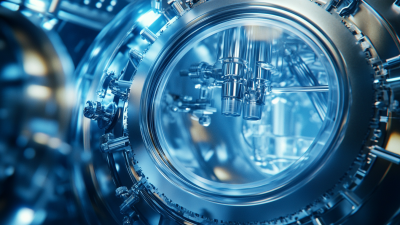
Challenges in Meeting Global Standards for Laboratory Device Manufacturing
-

5 Compelling Reasons Home Laboratories Are Revolutionizing Global Research and Development
-

Maximizing Efficiency with Advanced Lab Equipment for Enhanced Research Outcomes
-
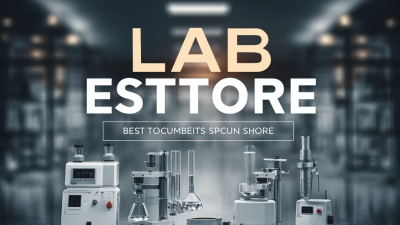
10 Trends for the Best Lab Equipment Store in 2023
-

Laboratory Instrumentation Showdown: Choosing the Right Tools for Your Research Needs
-
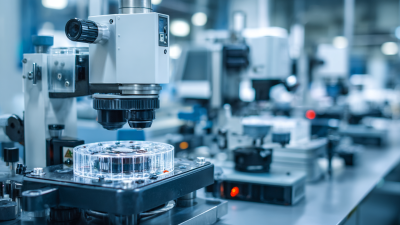
Exploring Innovative Alternatives in the Best Scientific Lab Equipment Market





